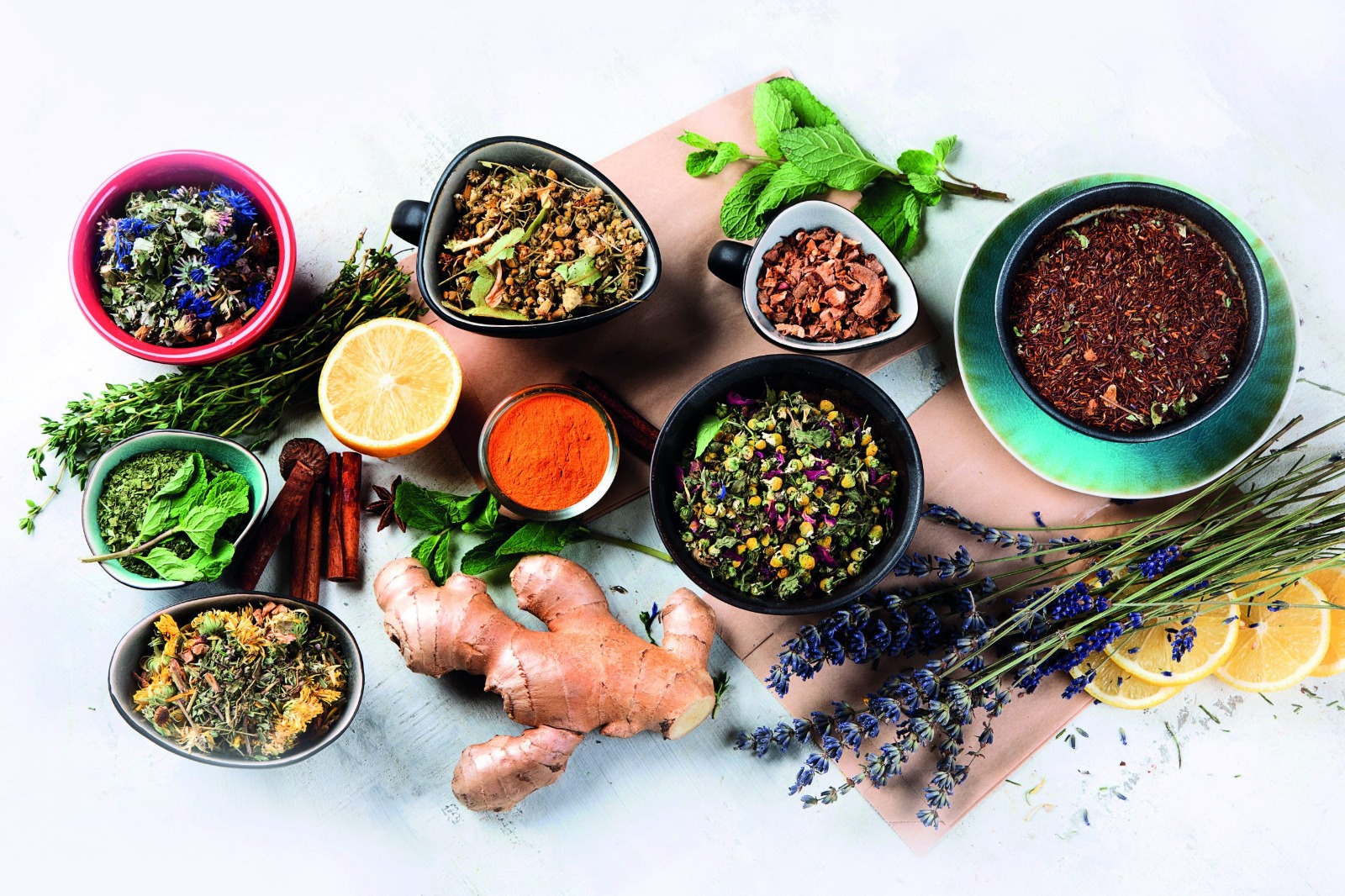As India steps deeper into the 2020s, a profound return to its ancient roots is sweeping the nation’s beauty and wellness industry. Spearheading this renaissance is the age-old Ayurvedic concept of ‘prana’—the vital life-force believed to animate every living being. No longer confined to dusty Sanskrit texts or remote ashrams, the philosophy of prana is reshaping not just personal care regimens, but also the values and expectations of Indian consumers, brands, and global industry leaders.
The Pulse of a Heritage: ‘Prana’ in Focus
In Ayurveda, prana represents energy, breath, and vitality, not just skin-deep beauty. Modern interpretations see this as a bridge between traditional well-being and today’s holistic demands, teaching that real beauty radiates from internal balance—when body, mind, emotions, and spirit are in harmonious flow. As daily stress, pollution, and urban lifestyles take their toll, Indians are seeking more profound solutions that address the roots of wellness rather than offering short-term cosmetic fixes.
Market Transformation: From Lab to Leaf
India’s beauty aisles used to be dominated by international brands and products heavy with synthetic chemicals. By mid-2025, the tide had turned: Ayurveda-based beauty and wellness brands rooted in the prana philosophy—such as Forest Essentials, Patanjali, and an explosion of boutique startups—are now outpacing global giants. The Ayurvedic beauty market is projected to leap from $8 billion in 2022 to more than $14–20 billion by 2030, as both Indian and global consumers flock to solutions promising safety, personalization, and authenticity.
Natural and plant-based ingredients like neem, turmeric, amla, ashwagandha, and sandalwood—tools of Ayurveda for centuries—are experiencing a major resurgence. Products ranging from face oils, multani mitti masks, and herbal shampoos to advanced “dosha-based” creams are flying off shelves. Gone are the days when Ayurveda was considered “old-fashioned”; today’s eco-conscious, health-aware consumers see its roots as a guarantee of purity and sustainability.
“Ayurveda is not just about external beauty—it’s the science of cultivating brilliance from within,” notes Dr. Robert Svoboda, a renowned Ayurvedic physician.
Personalization, Not Prescription
Prana-inspired Ayurveda is moving beauty away from the one-size-fits-all model. Personalization is its core mantra. Rather than blanket solutions, modern practitioners merge ancient texts with digital tools, analyzing each individual’s unique constitution (prakriti), lifestyle, and current imbalances before crafting bespoke wellness plans. This could include not just skincare but dietary advice, sleep routines, yoga, pranayama (breathwork), and herbal remedies tailored for the individual’s dosha imbalance.
The sector is leveraging technology too: AI-powered apps and genomic tools now help consumers discover their “dosha” and ideal regimens, bridging the gap between time-honored tradition and next-gen convenience.
Gen Z and Millennial Momentum
Contrary to the perception that Ayurveda appeals only to older generations, Gen Z and millennials are driving much of this demand. Motivation comes from a mix of self-care consciousness, the quest for “clean” beauty, and the cultural pride that has swelled since the pandemic and the Government’s push for AYUSH-certified products. While some young consumers remain drawn to quick fixes and global trends, integration is the buzzword—modern Ayurvedic brands now merge eastern botanicals with western formulations, catering to the “beauty plus wellness” lifestyle.
Challenges and Opportunities
Despite Ayurveda’s momentum, not everyone is convinced. According to a Mintel survey, about 20% of Indian consumers still associate Ayurvedic beauty with the “old-fashioned”. The industry’s next challenge is to infuse scientific rigor and instant efficacy—demands of younger, result-oriented buyers—while preserving holistic roots.
Yet, India’s position as a trendsetter is only growing. The beauty and personal care market’s 15% compound annual growth rate and global competitors infusing Ayurvedic thinking into their lines point to a future where Indian tradition shapes global beauty norms.
The Road Ahead
In 2025, Ayurveda and the prana philosophy are not just trends—they’re a cultural movement reshaping India’s relationship with beauty, health, and self-care. The transition from chemicals to consciousness, mass-market to personalized, external fixes to internal harmony, signals a new paradigm for the industry.
If Ayurveda’s promise is realized, the future of beauty in India will be written in the language of balance, vitality, and deep-rooted well-being—powered by the age-old science of prana.
Sources: India Times, HIM Ayurveda, LinkedIn, Nisarga Herbs, Mintel, Jiva Ayurveda, The Established



